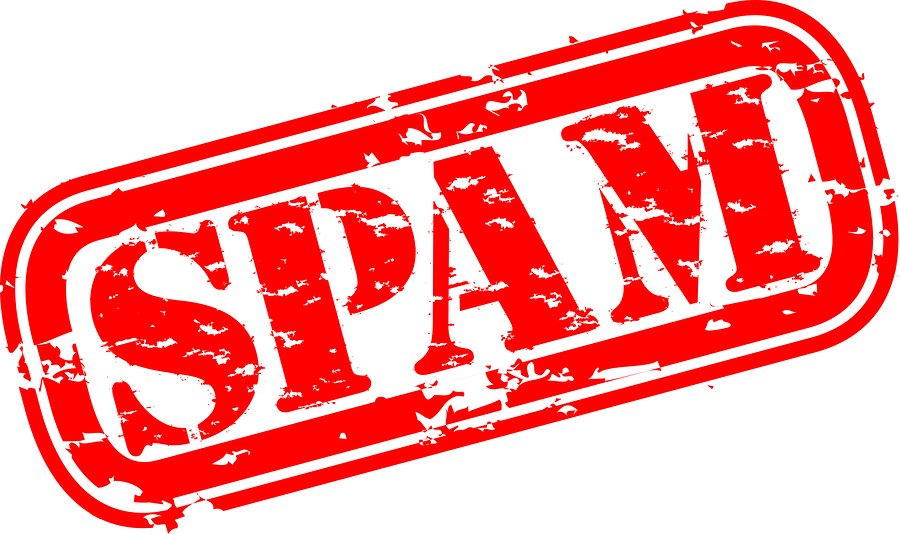-
Algorithmic Analysis:
- Spam detection systems use algorithms that analyze various call-related data points, such as the number's history, frequency of calls, and patterns of behavior.
- Unusual patterns, such as making a high volume of calls in a short time or using numbers associated with known spam, can trigger the "Spam Likely" label.
-
User Feedback:
- Many spam detection systems rely on user feedback to identify and block spam calls. If a large number of users mark a particular number as spam, it contributes to the algorithmic decision to label similar calls as "Spam Likely."
-
Scam and Fraud Prevention:
- The primary goal is to protect users from scams, phishing attempts, and fraudulent activities conducted through phone calls.
- By flagging calls as "Spam Likely," the system aims to alert users that the incoming call may be unwanted, potentially harmful, or related to fraudulent activities.
-
Psychological Impact:
- The label itself has a psychological impact on the recipient, influencing their perception of the incoming call.
- Seeing "Spam Likely" on the caller ID may prompt individuals to exercise caution, avoid answering, or take additional steps to verify the legitimacy of the call.
-
Machine Learning and Pattern Recognition:
- Spam detection systems often employ machine learning models that can adapt and improve over time based on new data and emerging patterns.
- These models learn from historical data about spam calls and continuously update their algorithms to identify and label potential spam calls more accurately.
-
Legal and Regulatory Compliance:
- Phone service providers and regulators may implement measures to comply with legal requirements for consumer protection.
- Implementing spam detection systems helps service providers fulfill their responsibility to protect users from unwanted and potentially harmful communication.
-
User Expectations and Preferences:
- Users generally prefer not to be bothered by unsolicited or suspicious calls. The "Spam Likely" label aligns with user expectations of a more secure and nuisance-free communication experience.
In summary, the "Spam Likely" label combines technological analysis, user feedback, fraud prevention, and psychological factors to help users identify and avoid potentially unwanted or harmful phone calls. The goal is to create a safer and more secure communication environment for users.
